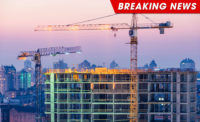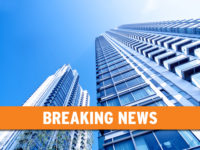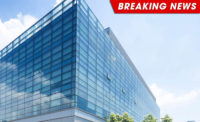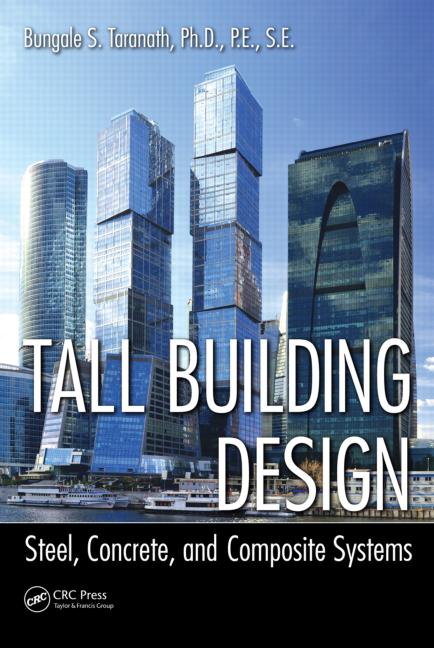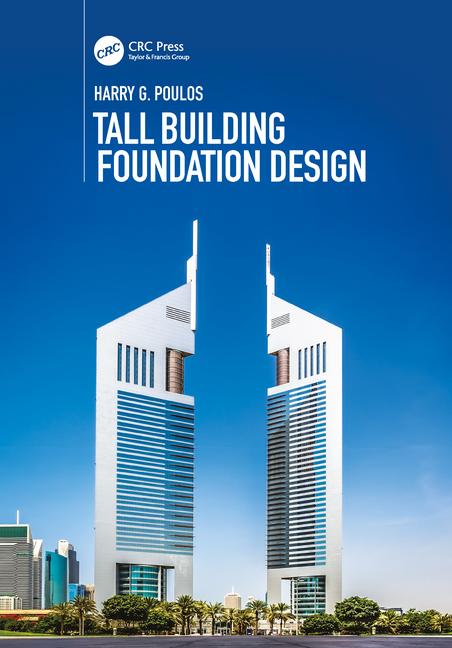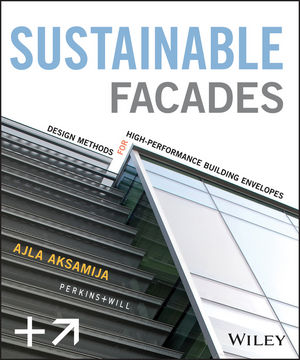NEHRP, ATC Release Seismic Design Technical Brief
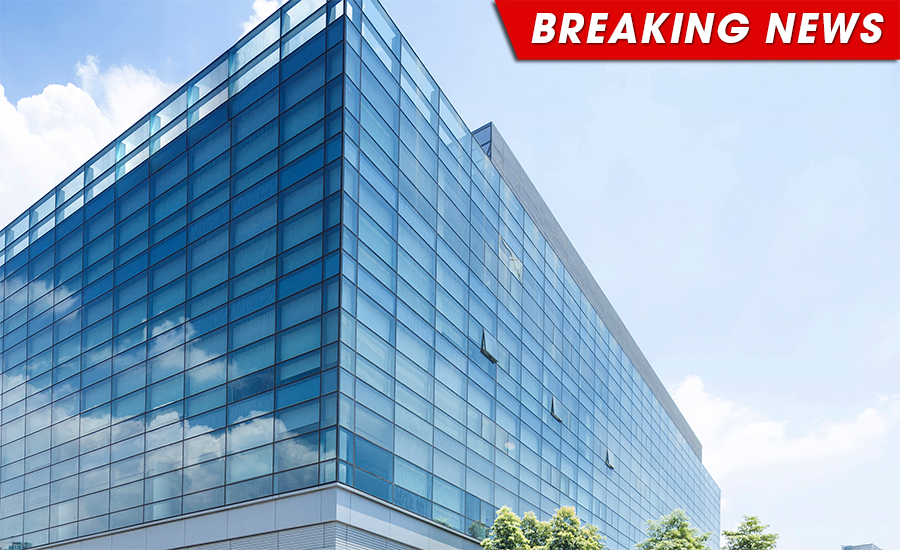
A new technical brief released by the National Earthquake Hazards Reduction Program (NEHRP) and the Applied Technology Council (ATC) provides a comprehensive overview of the seismic design of cold-formed steel (CFS) framed buildings. The document is based on topics covered in the recently released American Iron and Steel Institute (AISI) standard, AISI S400-15, North American Standard for Seismic Design of Cold-Formed Steel Structural Systems, 2015 Edition.
NEHRP Seismic Design Technical Brief No. 12, “Seismic Design of Cold-Formed Steel Lateral Load-Resisting Systems: A Guide for Practicing Engineers” is available for free download at http://dx.doi.org/10.6028/NIST.GCR.16-917-38. The Applied Technology Council managed the development of the document and contracted with cold-formed steel experts in industry and academia to create and review the technical content. Two of the three authors―Robert L. Madsen of Devco Engineering, Inc. and Benjamin Schafer, Ph.D., of The Johns Hopkins University―are members of AISI’s Committee on Specifications (COS) and Committee on Framing Standards (COFS). Madsen is also chair of the AISI COFS Lateral Design Subcommittee, which developed AISI S400-15.
NEHRP Technical Briefs are published by the National Institute of Standards and Technology (NIST) as aids in the efficient transfer of research into practice to reduce losses resulting from earthquakes. This particular document provides the following:
- An introduction to cold-formed steel systems and current seismic design philosophies for those systems.
- An overview of the codes and standards developed and used by the industry.
- A summary of cold-formed steel systems, including shear walls with wood structural panel sheathing or steel sheet sheathing attached to CFS framing, strap-braced walls, and special bolted moment frames using CFS sections.
- A discussion on typical floor and roof diaphragms used in buildings with CFS seismic force-resisting systems.
- An exploration of the newest AISI standards relating to cold-formed steel framing that will be referenced in upcoming building codes and standards.
“NEHRP Seismic Design Technical Brief No. 12 is an important resource for practicing structural engineers because many of them do not receive instruction on the design of cold-formed steel framing systems during their formal education and professional practice,” said Bonnie Manley, P.E., Regional Director – Construction Codes and Standards, AISI. “Many also assume that cold-formed steel framing is limited to nonstructural or gravity framing applications in commercial buildings.
However, ongoing research has provided significant advancements in the understanding of the performance of CFS framing seismic force-resisting systems. As a result, cold-formed steel framing is increasingly being chosen for not only the gravity system, but also for the wind and seismic force-resisting systems in low-rise and mid-rise buildings. This technical brief covers both introductory and advanced topics that will be immensely helpful in increasing knowledge about CFS framing benefits and practices in the design community.” Manley stated that the document would also be of interest to building officials, students and researchers.
The Applied Technology Council will develop and host webinars in 2017 that support the content provided in NEHRP Seismic Design Technical Brief No. 12. Professional development hours will be offered. For more information, visit https://www.atcouncil.org/.
Looking for a reprint of this article?
From high-res PDFs to custom plaques, order your copy today!



